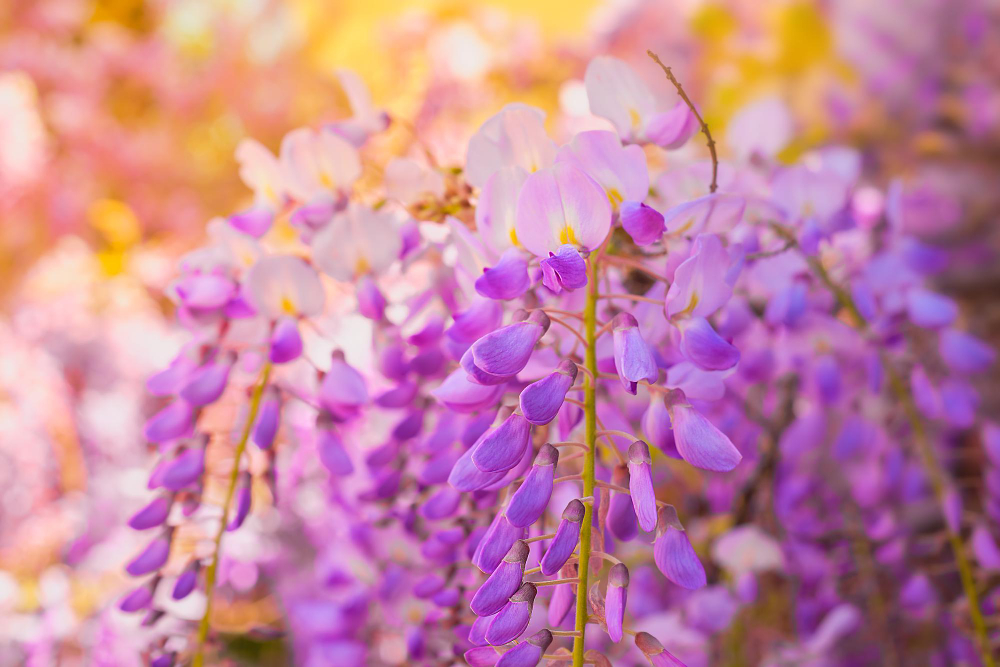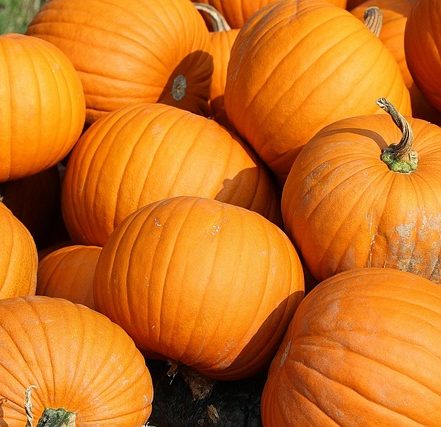Wisteria, with its breathtaking cascades of fragrant, pea-like flowers in spring, is a highly sought-after climber for adding vertical drama and beauty to gardens and buildings. Jersey’s generally mild climate provides favourable conditions for cultivating these vigorous plants successfully. Achieving the spectacular display Wisteria is known for requires an understanding of its needs, particularly concerning siting, pruning, and ongoing care.
Site Selection and Planting
The success of a Wisteria plant begins with choosing the right location.
- Sunlight: Wisteria thrives and flowers best in a position that receives full sun for at least six hours daily. South or west-facing walls or structures are ideal. While it may tolerate partial shade, flowering will likely be reduced.
- Soil: Fertile, moist, but well-drained soil is preferred. Before planting, incorporating well-rotted organic matter, such as compost or manure, can improve soil structure and fertility. Avoid waterlogged sites.
- Support: Wisteria is a powerful, twining climber with substantial weight, especially when mature. It requires a very strong support system from the outset. Suitable supports include sturdy trellis panels securely fixed to walls, robust pergolas, arches, or strong horizontal wires (galvanised steel, minimum 3mm diameter) spaced approximately 30-45cm apart and held away from walls by vine eyes. Ensure supports are in place before planting. Plant at least 20-30cm away from the base of a wall to allow for air circulation and stem development.
- Timing: Planting is best carried out in autumn or spring, allowing the plant to establish its root system before the extremes of summer heat or winter cold.
Establishment and Initial Training
After planting, water the Wisteria thoroughly and apply a mulch around the base to conserve moisture and suppress weeds. The primary goal in the first few years is to establish the main framework. Gently tie the main stem(s) vertically onto the support. Select strong side shoots to train horizontally along wires or other supports, removing weaker or poorly positioned growth.
Pruning for Flowers and Control
Regular and correct pruning is essential for controlling Wisteria’s vigorous growth and encouraging abundant flowering. An unpruned Wisteria will produce excessive leafy growth, potentially delaying or reducing flowering significantly. The standard method involves a two-stage pruning process:
- Summer Pruning (Typically July or August): After flowering, shorten the long, whippy shoots produced during the current growing season. Cut these back to leave approximately five or six leaves (around 15cm) from the main framework or the previous year’s growth. This process redirects the plant’s energy from vegetative growth towards developing flower buds for the following year and improves air circulation. Remove any unwanted climbing stems attempting to grow beyond the desired area.
- Winter Pruning (Typically January or February): During dormancy, further shorten the side shoots that were pruned in summer. Cut these back again, leaving only two or three buds close to the main framework stems. This creates short flowering spurs. At this time, also remove any dead, damaged, diseased, or overcrowded stems to maintain a clean structure. This winter refinement ensures the developing flower trusses will be clearly visible.
Ongoing Care
- Watering: Water newly planted Wisteria regularly during dry periods for the first couple of years until well-established. Mature plants are relatively drought-tolerant but will benefit from occasional deep watering during prolonged dry spells, especially when flower buds are forming.
- Feeding: Wisteria generally does not require heavy feeding, particularly in fertile soil. Excessive nitrogen can promote leafy growth at the expense of flowers. If feeding is deemed necessary (e.g., on poor soil or if growth is weak), apply a balanced fertiliser in spring. To specifically encourage flowering, an application of sulphate of potash (a high-potassium feed) in spring can be beneficial.
- Mulching: An annual application of organic mulch (compost, well-rotted manure) around the base in spring helps retain moisture, suppress weeds, and slowly releases nutrients. Keep the mulch clear of the main stem base.
Potential Issues
- Lack of Flowering: This can be due to several factors: incorrect or insufficient pruning, excessive nitrogen feed, insufficient sunlight, frost damage to flower buds, or the plant being too young (seed-raised Wisteria can take many years to flower; grafted plants usually flower much sooner).
- Pests and Diseases: Wisteria can occasionally be affected by pests like scale insects or aphids. Diseases are less common but can include fungal leaf spots or powdery mildew, often related to poor air circulation. Maintaining good plant health and appropriate pruning helps minimise risks.
By providing the right conditions, robust support, and adhering to a consistent pruning schedule, Wisteria can become a long-lived and truly spectacular feature in Jersey gardens, rewarding the effort with its stunning floral displays each spring.




